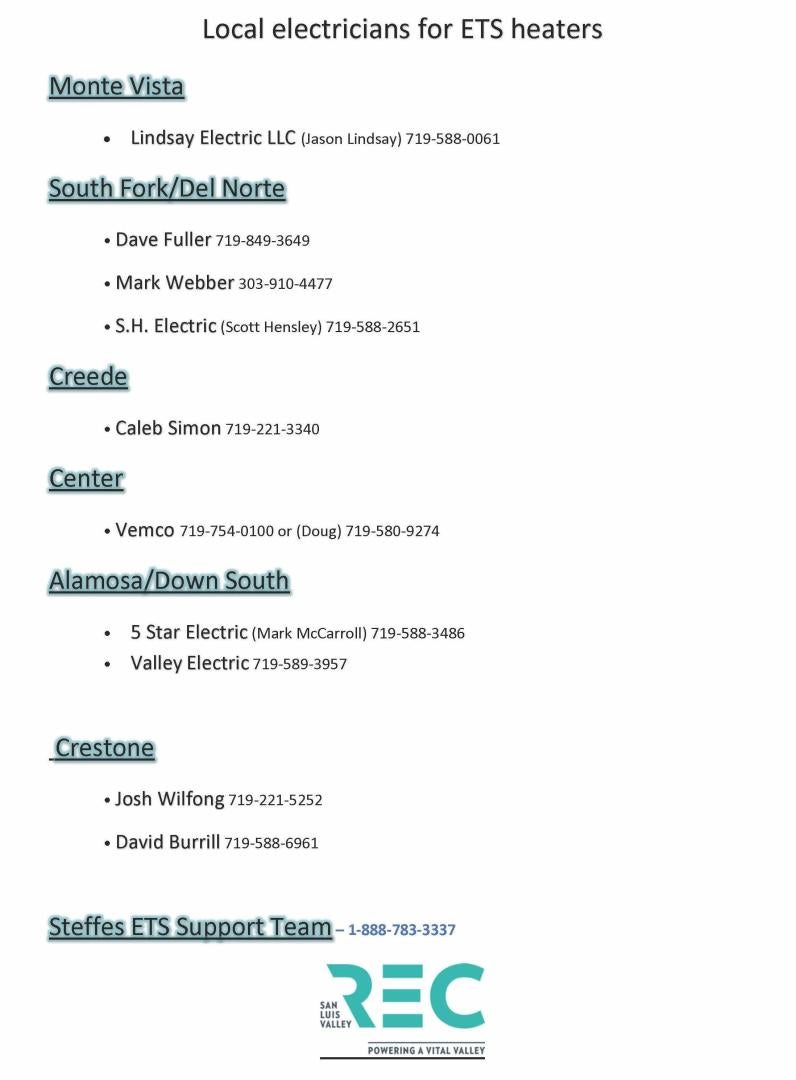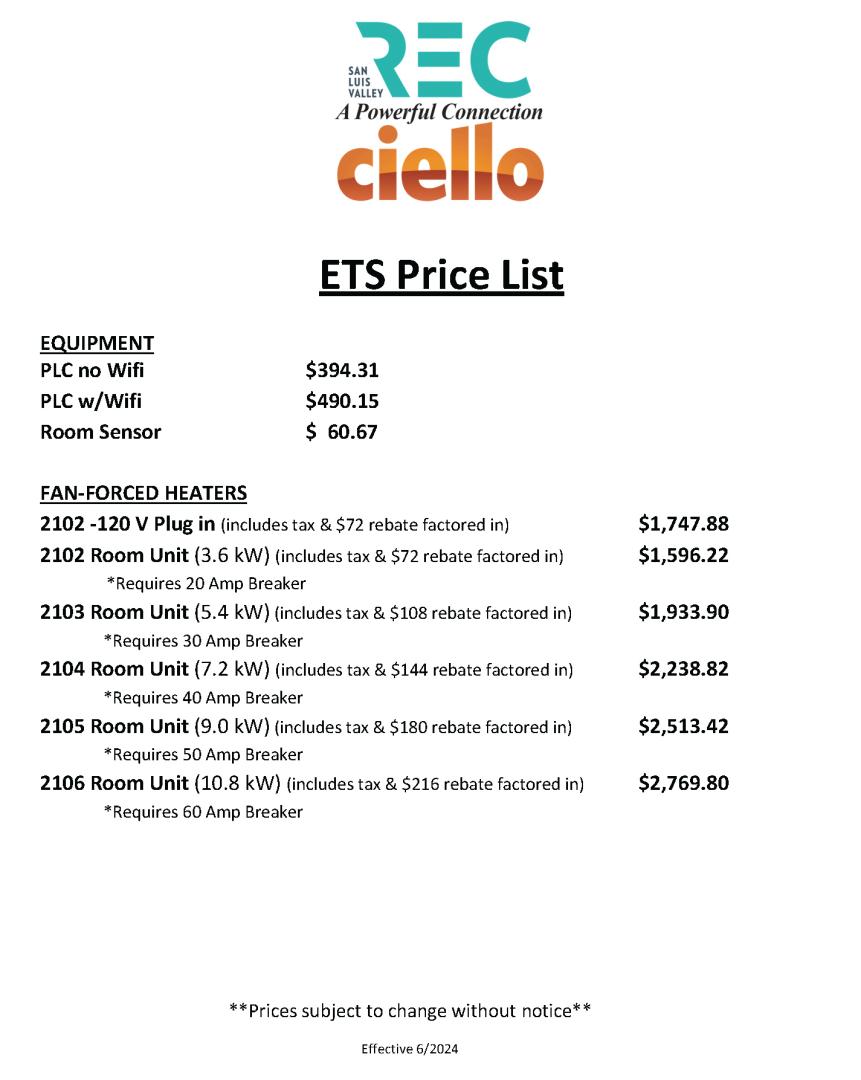Electric Thermal Storage (ETS) Heaters
Electric Thermal Storage (ETS) refers to the process of converting electricity to thermal energy and storing it as heat. ETS systems are designed to use low-cost, off-peak electricity for heating a home or business 24 hours a day.
Heat can be placed in several types of storage materials but is typically stored in high-density ceramic bricks with an electrical heating element at their core. Controlled heat delivery for brick-type ETS systems occurs through the use of fans. Fans turn on when the thermostat signals a room needs heat. Air passes over the bricks and is heated before being blown into a room.
Ceramic bricks are stored in insulated cabinets but will slowly discharge some heat over time through the container walls, known as standby loss. The length of storage time depends on the size of the system, but generally systems can hold heat from 6-24 hours. Systems are typically sized to take advantage of daily off-peak charging.
One advantage of these systems is the fact that there is no combustion, and thus no concerns about carbon monoxide or other combustion byproducts. Non-combustion systems also require very little maintenance.
For more information or to find resources, including product guides or owner’s manuals, please visit the Steffes website.
For RESIDENTIAL REC members with an ETS and on the Time-of-Day Rate, the on- and off-peak hours are listed in the below graphic:



